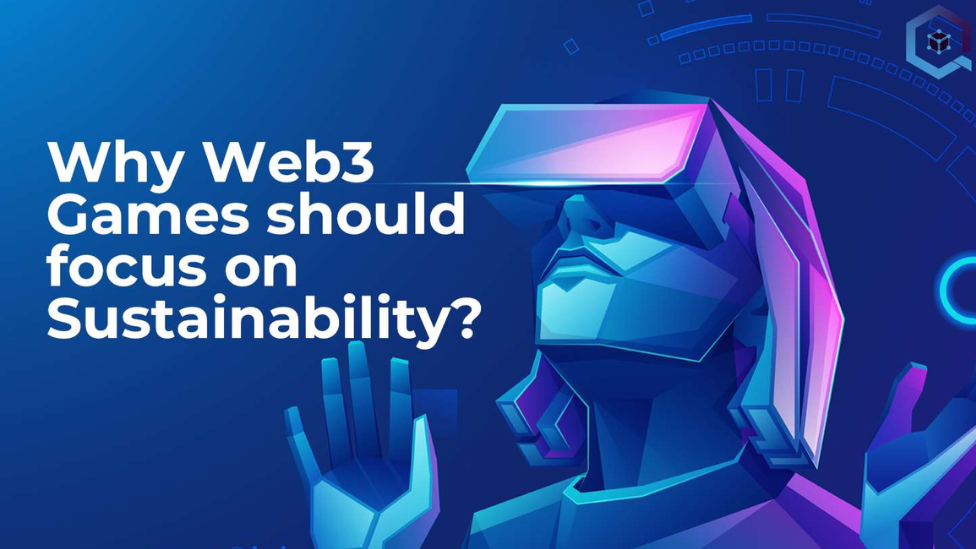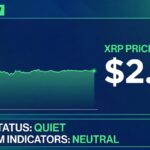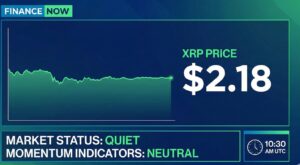Web3 game developers stress that the play-to-earn sector presents significant challenges, necessitating a different approach for games to maintain user engagement and establish sustainable tokenomics.
In the glory days of 2021, when play-to-earn games were at their peak, the Web3 landscape saw declining returns and a wave of investor and player departures. For instance, at its peak, Axie Infinity was allowing gamers in developing nations to make more money than the minimum wage. However, substantial payout decreases caused a serious token bridge attack and a slowing crypto market.
When we look at the entire landscape, just a few projects have grown sustainably. The fundamental problems with the “play to earn” idea tend to be at the heart of this problem. Gamers frequently spend hundreds of dollars to get the requisite NFTs, making entry prices extremely high. In addition, those who are willing to make the first investment might also find poor gaming quality, marked by sloppy graphics and an uninteresting story.
The difficulties go even further because games that rely on NFT sales for revenue are sometimes still in the early phases of development. Users could lose interest if new features aren’t introduced with adequate progress. The challenge becomes more challenging because of the demand to continuously release collections in order to maintain a reliable revenue stream.
The rewards provided are the key issue. While generous token distributions may draw in new participants, they could potentially harm the value of the crypto due to excessive inflation. Digital assets‘ prices are extremely volatile, and supply and demand play a role in this.
Charting a Course for Web3 Gaming Success: Solutions in Sight
The first step is to acknowledge the main risks in the Web3 domain. Because play-to-earn ventures lack long-term viability, they now depend on attracting new users or maintaining rewards for current ones. The absence of both typically results in bored players leaving the site. However, a top-notch experience may encourage gamers to ignore a lack of revenue and focus instead on play. Generally, users frequently leave due to fleeting hype, a lack of engaging stories, and boring gameplay. Thus, keeping existing players satisfied while balancing the desire to draw new ones remains an ongoing challenge.
However, there is still promise for the Web3 gaming sector. With different revenue streams, a wide selection of top-notch games, and an emphasis on providing excellent experiences, some companies are redefining tokenomics by placing quality over instant profit. For example, QORPO Game Studios’ strategy for Web3 gaming goes beyond tokens and includes NFT sales and partner advertising options. By integrating social media, PR, influencers, and branded product placement, they hope to expand their income streams.
Takeaways
The Web3 gaming industry’s play-to-earn segment has substantial obstacles related to sustainability, high entry barriers, and the delicate balance between enticing new players and retaining current ones. Although these obstacles still exist, there is hope that companies can develop with an emphasis on quality, a variety of revenue sources, and cutting-edge tokenomics.




























